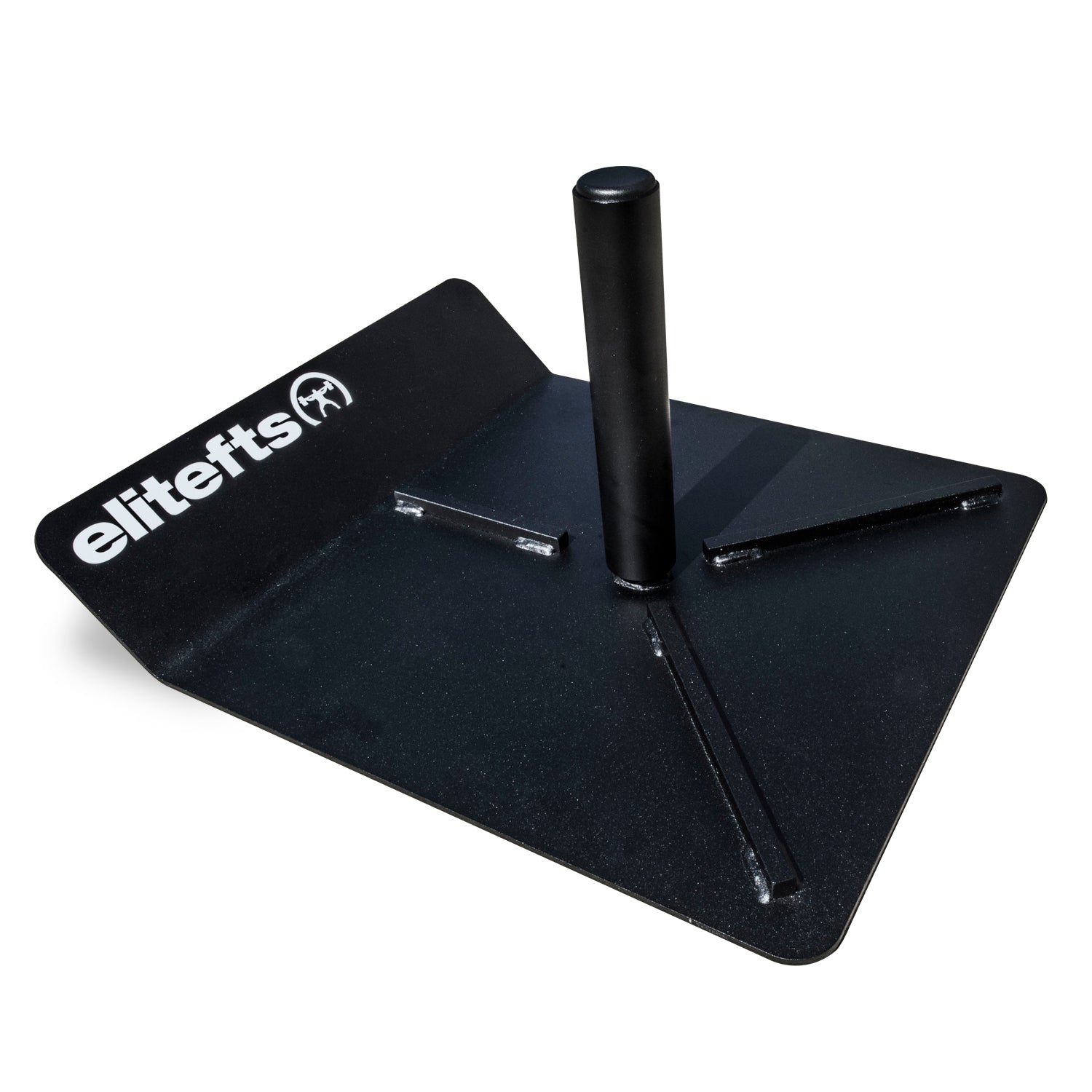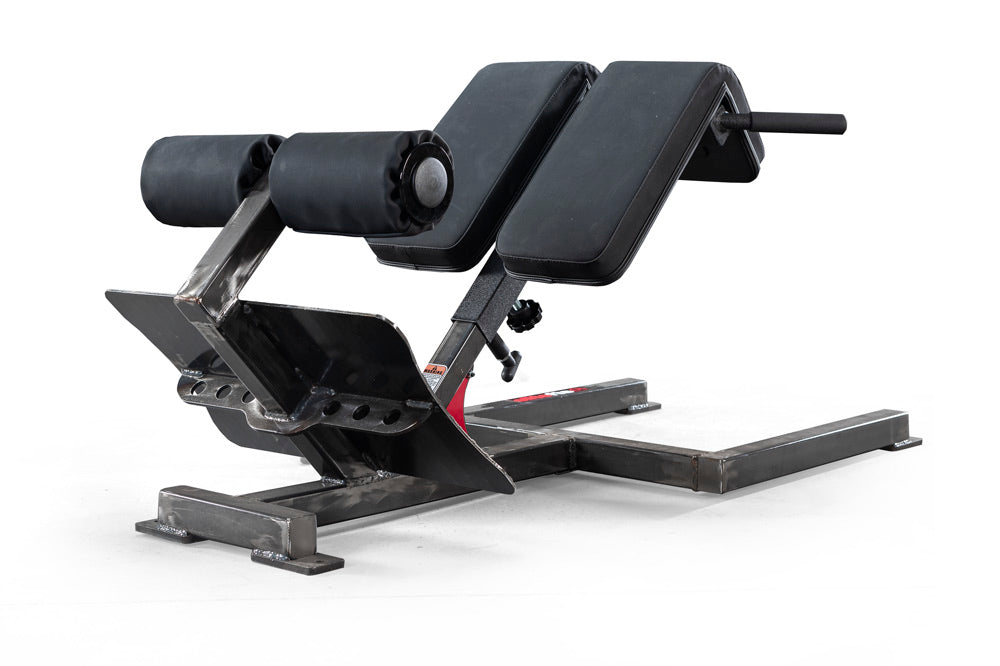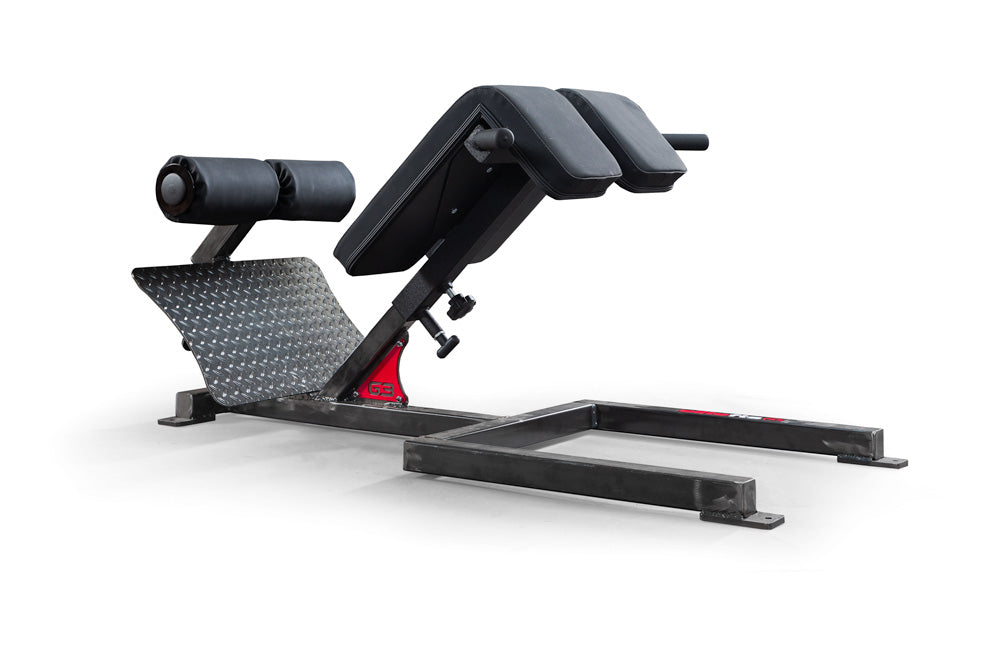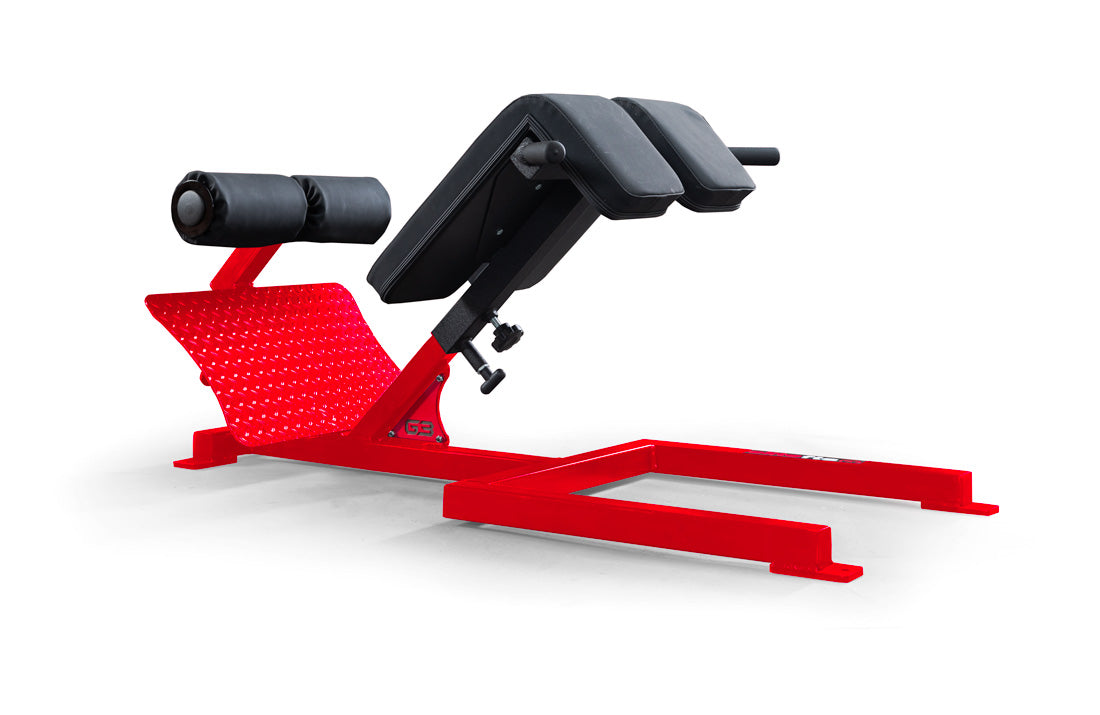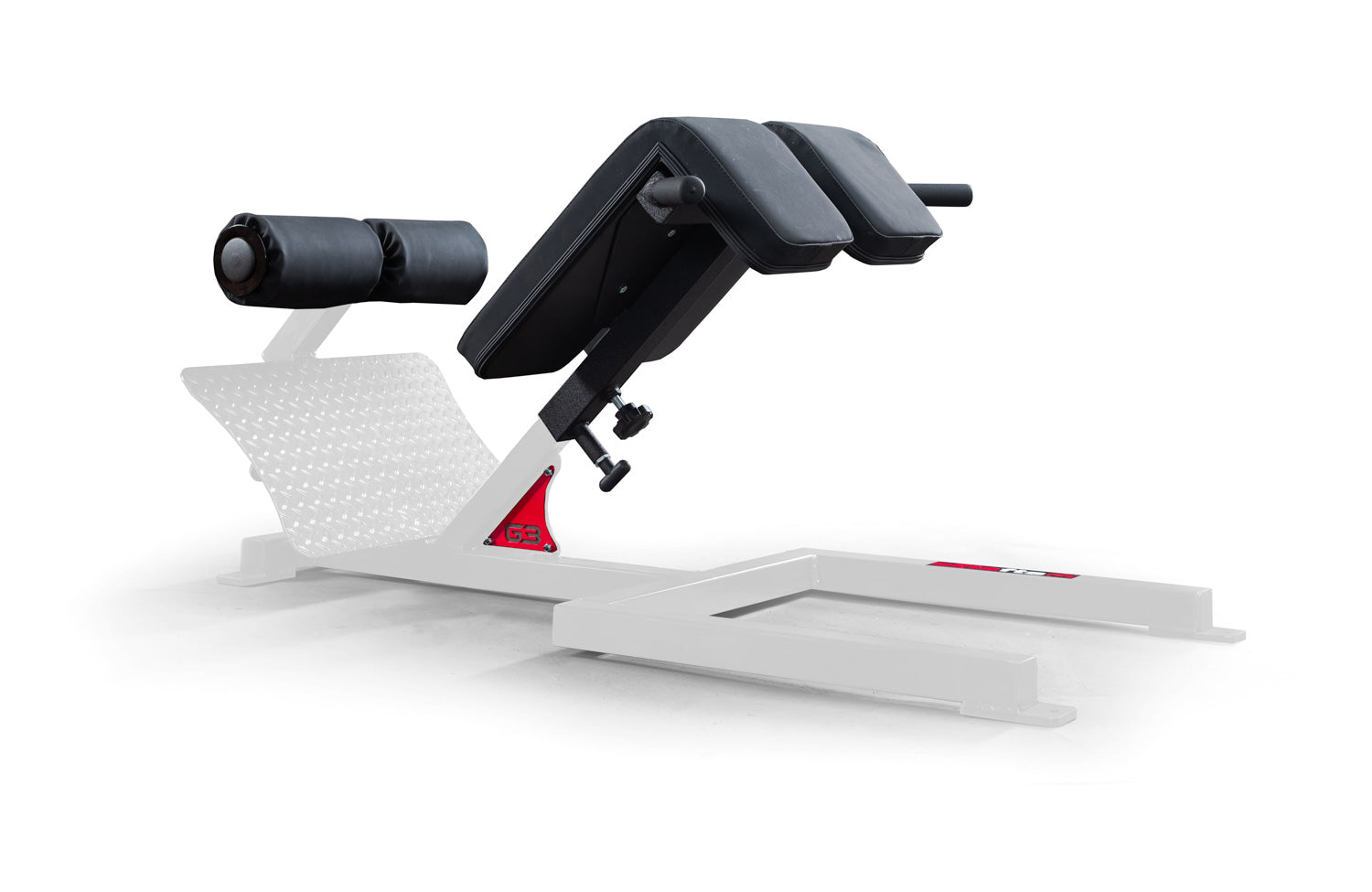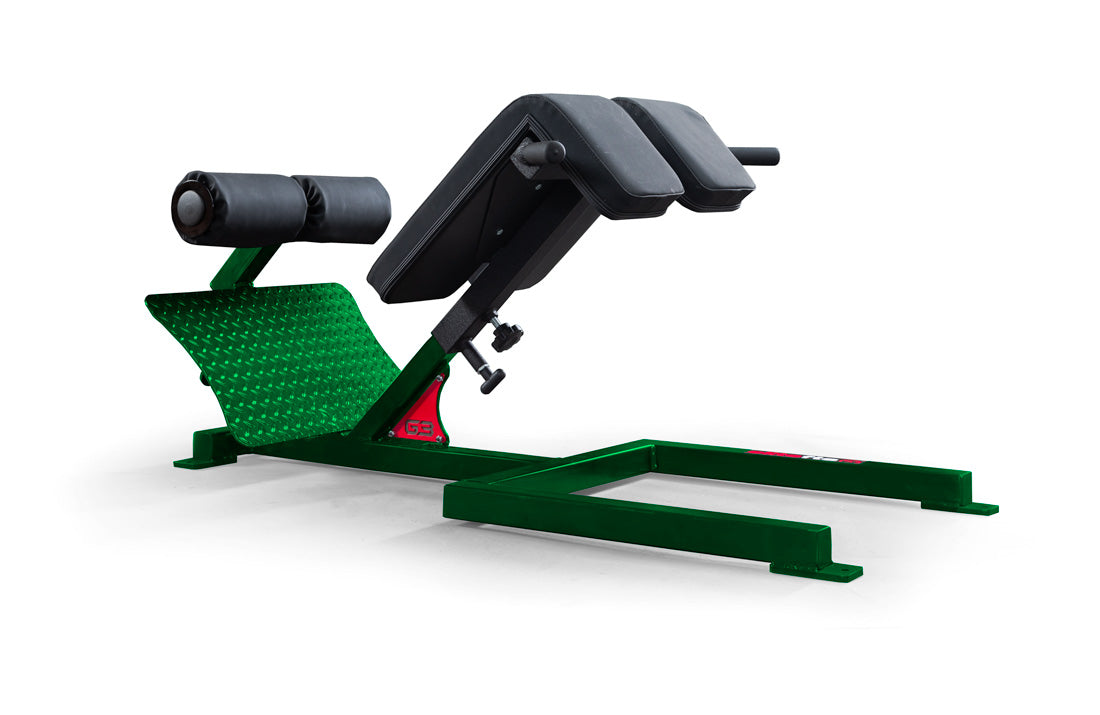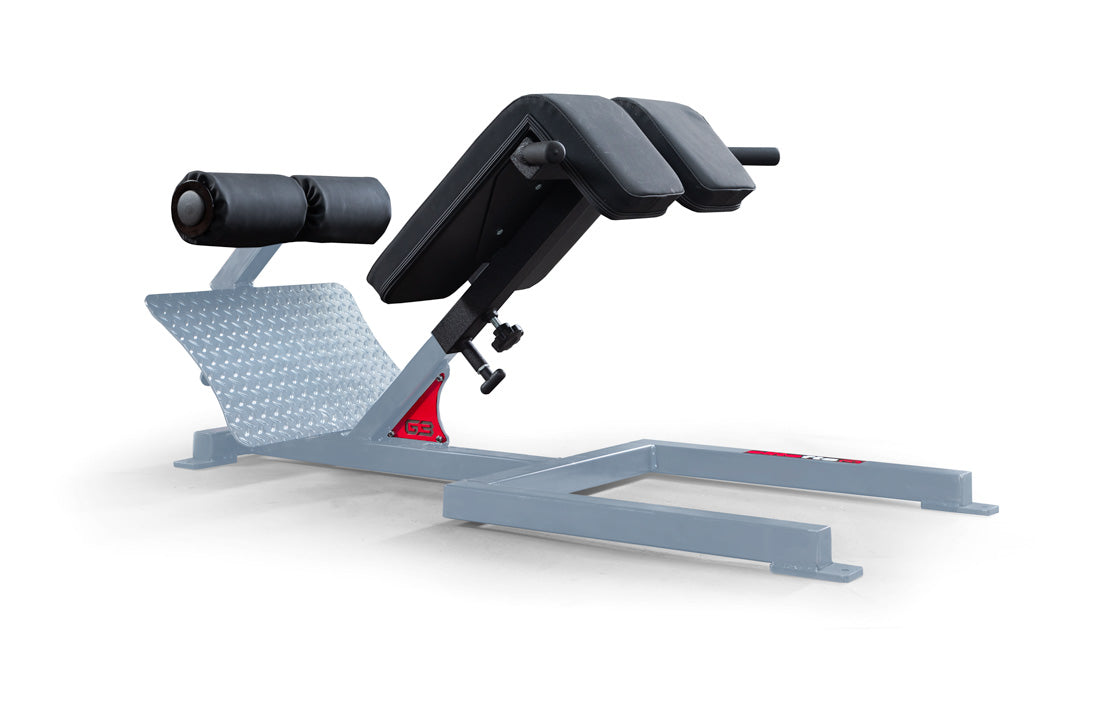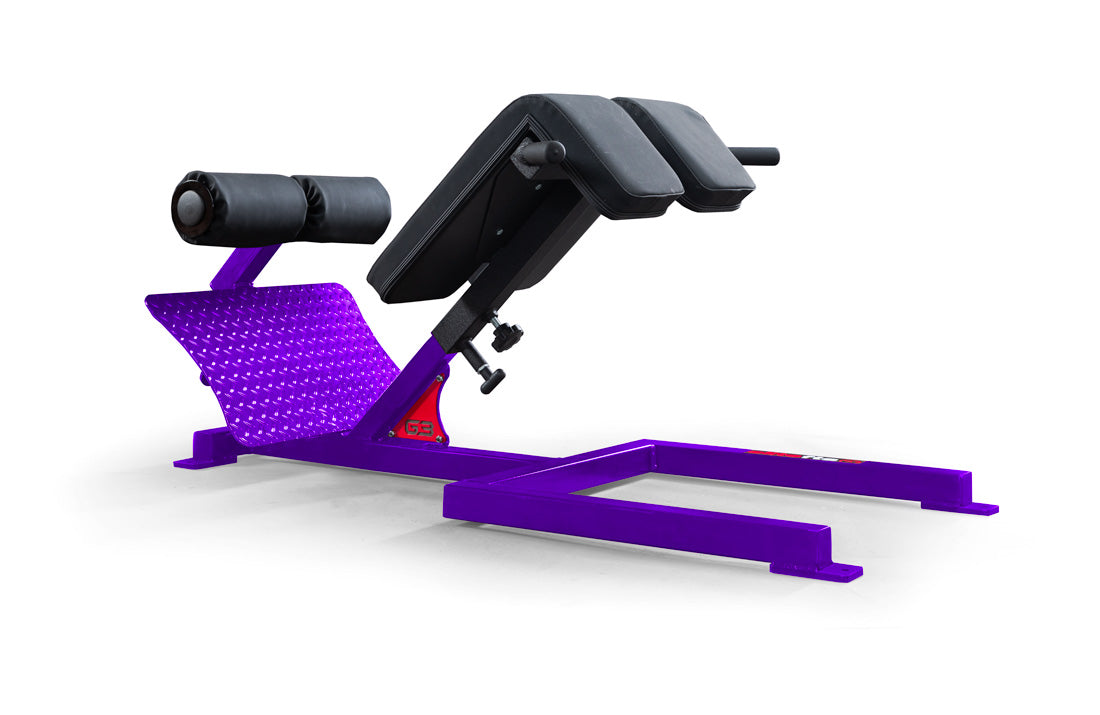Chains No, I am not talking about the bling around your neck, what connects your wallet to your jeans, or even the crazy S&M stuff you may secretly be guilty of! (Although there might be a special treat headed your way that Jim and I are putting together for Valentine’s Day. It may include some…er, um – fun things you can try with chains and anything else you may find in a gym…) What I’m talking about is lifting chains – and these can help develop your Speed, Strength and Stability. These three things can be accomplished by adding chains into your training regimen. Chains can be added to your bench, squat and deadlift for a kick ass workout. You can set them up for speed, so that they deload at the bottom and you must power through each rep. They can be set up for stability, so that they don’t touch the ground and you must balance and stay tight for every solid rep. And no matter how they’re used, you’re bound to become strong(er) – sorry had to add that! Dave’s Chain 101 “The movement becomes easier at the top,” Dave said. “That’s why you can half-squat and half-bench more than you can full-squat or full-bench.” Chains can be added to balance or accommodate the strength curve. The strength curve is a result of the amount of exertion delivered during a movement. “You can work on the stability of the muscle or the movement that you’re trying to work,” Dave explains. “A lot of people have a hard time getting locked in for the bench press at the top and this is also true for the squat. Some have problems at the bottom of the squat, where they can’t maintain their balance and they fall over.” Besides stability, you can also work on how much force is put into the movement. This is something anyone from a beginner to an advanced lifter can benefit from. “Some don’t understand the concept of explosion,” Dave said. “So, when they add the chains to the movement, it deloads at the bottom. If they try to stand up in the squat as slow as they normally would or without force, they won’t be able to make it to the top. They’ll eventually be shoved back down. Hopefully they’ll think, ‘oh shit, I should have used more force’ and then next time they’ll stand up more explosively.” Dave states that the chains will teach you to apply more force throughout the whole entire movement because you won’t have a chance to decelerate. It will also teach you to lower the bar faster. This isn’t a big problem with raw lifters, Dave said, but it’s a big problem for those with bench shirts. With chains, heavier loads can be handled. You’ll know what it feels like to have a greater amount of weight then you could ever imagine squatting on your back. “Say you have 900 pounds and 500 pounds of that is chains,” Dave said. “You’ll get used to having 900 on your back, but you don’t have to deal with it throughout the whole movement because it will deload to 400 at the bottom.” “The last two things I use chains for is to take pressure off my injuries and for motivation and confidence with lifters,” Dave said. How to Set up Chains Each side of the chain set up weighs 18.2 pounds, with 29 links and one hook. Bench Press and Squat: Stability Attach the chains any way you want, but so they aren’t touching the ground in the beginning. Dave said there are many ways to do this and you can even set up the chains so they NEVER touch the ground to make the movement more difficult. Bench Press and Squat: Accommodating Resistance Set up the chains so that they’re even on both sides. “The best way to guess where to put the chains, is to have half of the chains on floor for the bench press when the barbell is on the rack,” Dave said. “You want all the chain deloaded onto the floor when at the bottom position.” For the squat, it’s a little different, as you’ll want four or five links of chain on the floor when the bar is on the rack. Floor Press: Accommodating Resistance Throw the chain over the sleeve of the bar, which will allow for a partial deload.
 Deadlift: Accommodating Resistance If you’re using a lot of bar weight, Dave recommends that you use a chain mate to extend the chains out from the bar. This way you can load up the bar with as much weight as you want. However, if you’re pulling sumo, Dave recommends that you throw the chains over the center of the bar. Accessory Movements: Accommodating Resistance This is very easy, just decide on a handle and attach the chain.
Deadlift: Accommodating Resistance If you’re using a lot of bar weight, Dave recommends that you use a chain mate to extend the chains out from the bar. This way you can load up the bar with as much weight as you want. However, if you’re pulling sumo, Dave recommends that you throw the chains over the center of the bar. Accessory Movements: Accommodating Resistance This is very easy, just decide on a handle and attach the chain. - Week 1 – 55% for 8 sets 2 reps
- Week 2 – 58% for 8 sets 2 reps
- Week 3 - 60% for 8 sets 2 reps
| Max Squat | Chains per side | Weight of chain (top) |
| 200-400 | 1 (5/8) | 40 |
| 400-500 | 1 (5/8), 1(1/2) | 60 |
| 500-600 | 2 (5/8) | 80 |
| 700-800 | 2 (5/8), 1(1/2) | 100 |
| 800-900 | 3 (5/8) | 120 |
Dynamic Effort training and occasionally with accessory work . I prefer them to using bands since they're real weight, rather than constant tension, which often seems to place excessive stress on my joints. Chains incorporate accommodating resistance and allow for you to overload through the portion of motion where most lifters are the strongest. I use them up until about eight weeks out from a meet for Max Effort training on all three lifts, and throughout the entire training cycle for Dynamic Effort if I’m incorporating it.” Josh McMillan: “I rotate chains into my training cycle on a regular basis. I use chains for: squats with safety bar - where I attach chain weight to each side of the bar and add 40 pounds of chain per set, deadlift speed pulls – the chains are draped over the end of the bar, floor press – the chains are draped over the end of the bar and I add 40 pounds of chain per set, and speed work on bench – the chains are hooked to each side of bar with a set bar weight.” Matt Rhodes: “I use chains when I bench and usually use a full range of motion when I use them. I set them up so that they’re completely off the floor at lockout. Right now, I'm preparing for a meet and one week I'm in the shirt and out the next. When I'm not using the shirt, I use the chains and/or bands as a way to train my lockout other than using board presses.” Brian Carroll: “I like to use them on my deload day for the squat. I still feel some decent weight on my back, but it gets lighter at the bottom and teaches me to explode and drive through as they load up and get heavier. I use about 200 pounds at the top and 100 at the bottom, when they’re touching the ground. I use them about every three weeks for the squat.” Zach Even Esh: “We use chains at Underground Strength for lots of bodyweight training as we train a lot of young athletes from middle school through college. The chains are AWESOME for adding extra loading to movements such as: - Push Ups (with hands on floor, on dumbbell handles, rings or blast straps) - Pull Ups - Dips Our advanced guys will use them when performing the bench press or floor press, squatting and deadlifting. For the most part though, our ability to easily use them during bodyweight movements is where it's at!” Jo Jordan: “I use chains for squatting, benching, deadlifting, triceps work and shoulder work. I use them for accommodating resistance and cycle them in every three to four weeks for a three week wave. It helps me overcome sticking points at the top of my bench/lockout and on my deadlift. It makes me work harder and stay tighter during my squat training. For triceps extensions I use them because they’re lighter at the bottom and they take some pressure off my elbow joints, which allows me to train around elbow pain. For shoulders I use them on lateral raises for stabilization work during the lift. Here are some links to my YouTube videos of me using chains in my training.” How You can use Chains Linking it to Research 1. Your strength can increase more just by how you set up the chains. For example, a case study was done using a double-looped hung supplemental heavy chain to add more resistance for the squat. At the end of the day, it proved to have two times more resistance at the top, compared to just hanging the chain straight down. Basically, it really does matter how you set the chain up. (Neelly, Kurt R; Terry, Joseph G; Morris, Martin J. “A Mechanical Comparison of Linear and Double-looped Hung Supplemental Heavy Chain Resistance to the Back Squat; A Case Study.” The Journal of Strength and Conditioning Research. Volume 24. Issue 1. 2010: 278-281.) Hypertrophy -- increased size -- of muscle fibers occurs mainly in fast-twitch fibers (especially Type IIb fibers if stimulated to fuse with surrounding satellite cells) in response to stimulation afforded by weight training, and most especially weight training that is explosive in nature (Hakkinen et.al., 1985; Thorstensson et. al., 1976; Connelly, 1992). 2. When Rhea, Kenn and Dermody implemented the speed squat and accommodated resistance into the training of 48 NCAA athletes, they found that variying resistance training produced more power and strength than using heavy, slow resistance. (Rhea, Matthew R; Kenn, Joseph G; Dermody, Bryan M. “Alterations in Speed of Squat Movement and the Use of Accomodated Resistance Among College Athletes Training for Power.” The Journal of Strength and Conditioning Research. Volume 23. Issue 9. Dec. 2009: 2645-2650)













